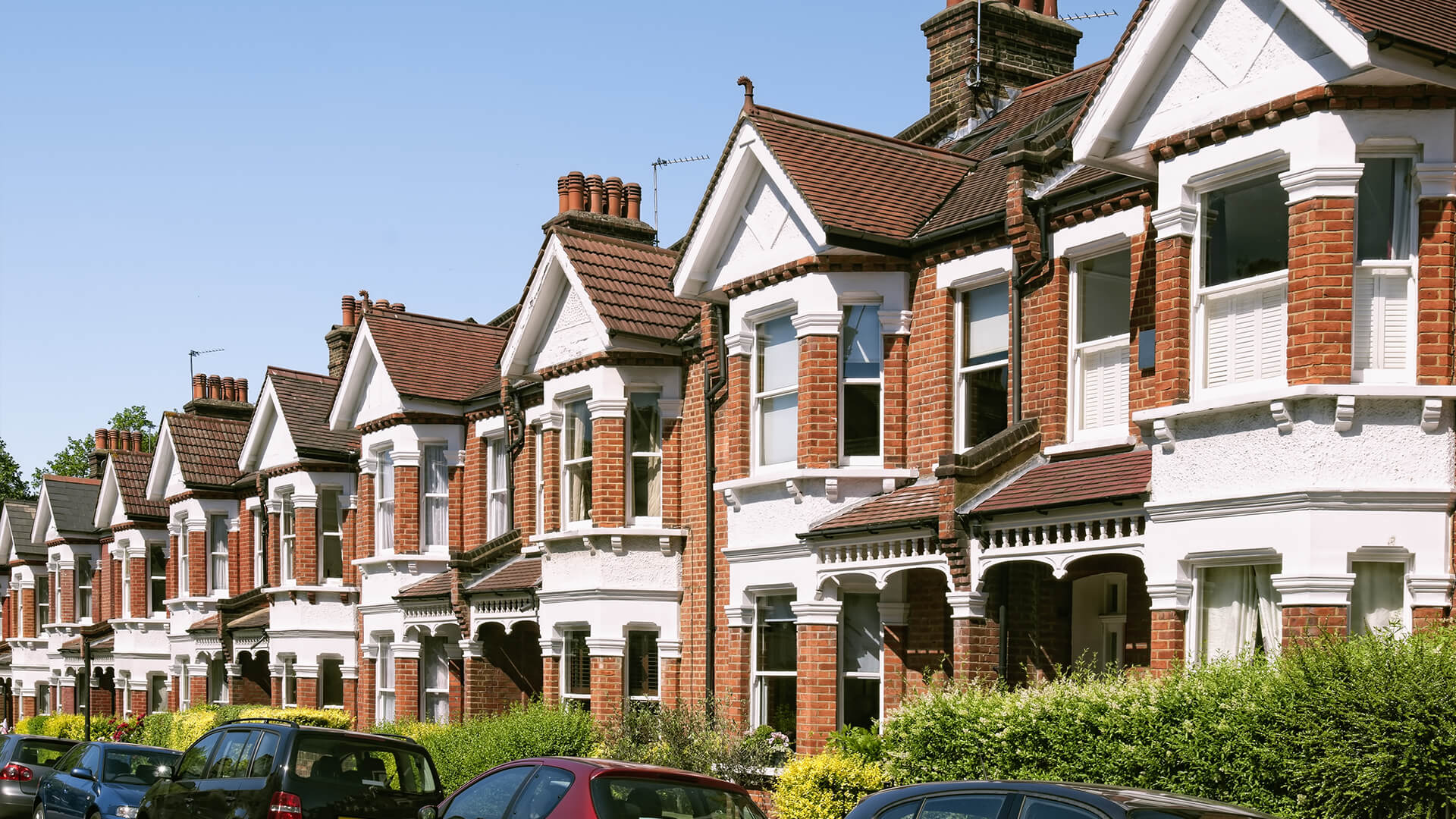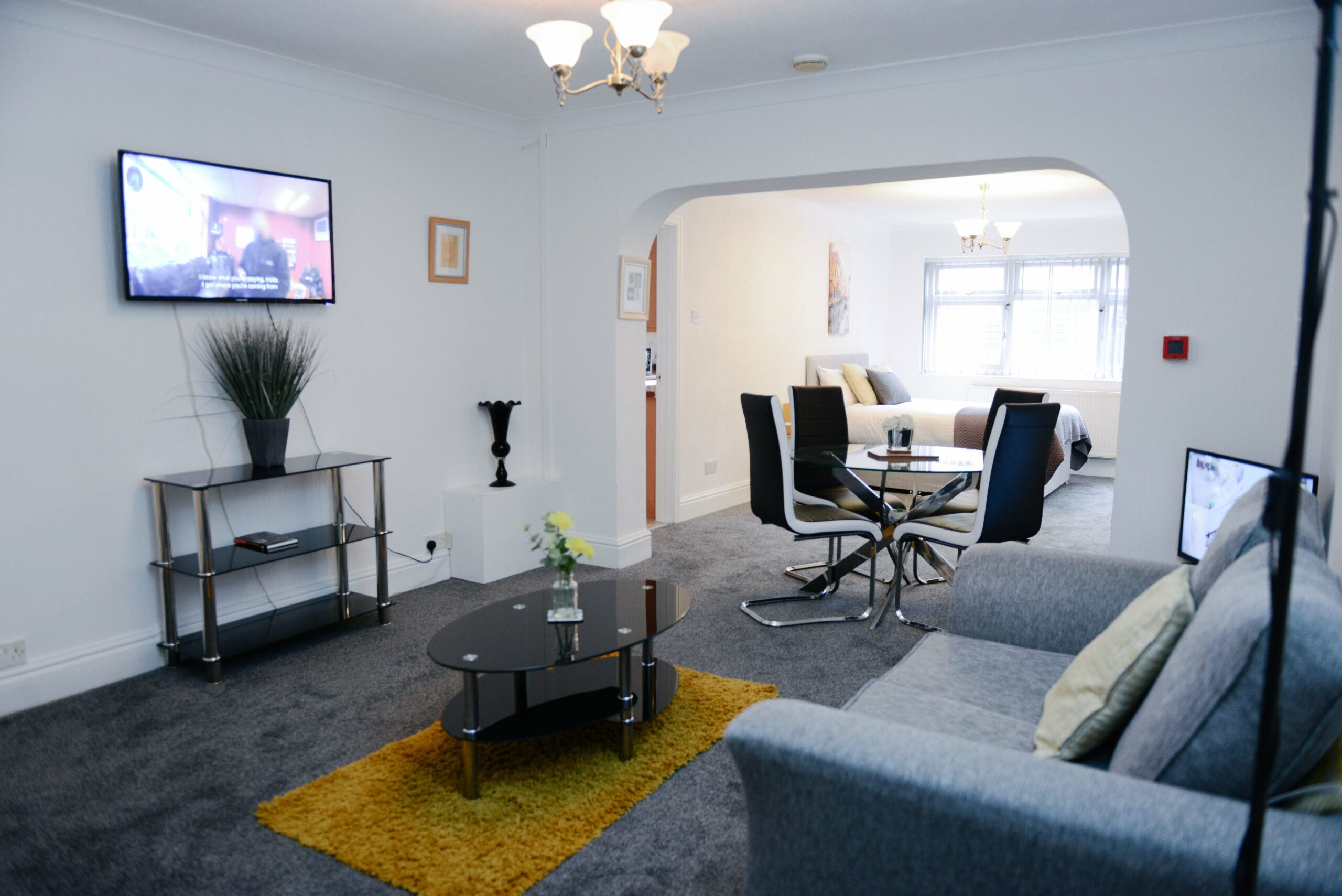
- The UK market is relatively stable and property remains a less volatile, tangible asset
- Regional cities are on the rise – providing affordability and excellent returns on investment
- Birmingham and Manchester are the biggest winners – prices have risen by 16% and 15% since 2016
- The average price of UK flats has risen by £1,250 per month since 2013
As an income, property investment represents an attractive option. While all investments may incur degrees of risk, the UK housing market has proven itself to be fairly resilient. As property prices rise and rental yields increase across the UK, it comes as little surprise that smart investors are placing their money in brick and mortar.
Buy-to-Let is particularly appealing thanks to its potential for yields, passive income and capital growth. As the wider UK market improves, the rental market has grown with it. There’s no doubt that cities such as Birmingham and Manchester are improving quickly, providing quality city centre living and excellent residential developments without the unsustainable pricing of the capital.
The level of tenant demand in these locations has meant potential for excellent returns on investment, with rental yields regularly hitting above 4 and 5%. Property price growth has also been the highest in these areas since the 2016 Brexit vote.
Birmingham has seen a 16% increase while Manchester experienced 15% during the same time. The increased inwards investment to improve lifestyle and infrastructure around these areas also means capital growth generally rises, pushing up overall property values.
This is apparent when looking at the wider UK market, which has seen the average price of UK flats rise by £1,250 per month since 2013. These increases equate to nearly £75,000 over the last 5 years.
With the UK’s housing market worth an estimated £7.29 trillion as of 2019, the private rented sector makes up an eyewatering £1.5 trillion of that total – putting it firmly at the top as the fastest growing property sub sector in the country.




